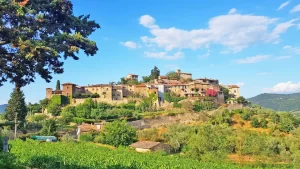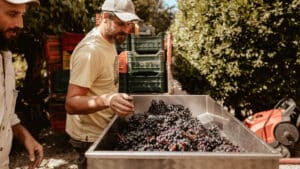Indice dei contenuti
Scattered along the Greve and Pesa rivers, water mills tell centuries of history and traditions.

Not just wine: discovering the Chianti water mills
Chianti is not only a land rich in vineyards, castles, and farms. An original and new way to appreciate this region may be to go in search of the many water mills that dot the course of two of its waterways: the Greveand the Pesa.
Along their banks, in fact, many water mills have sprung up over the centuries since the Middle Ages, becoming over time a very important tool at the basis of the local economy and food supply: first and foremost for the grinding wheat and cereals, which were progressively joined by wood and iron working activities and the production of textiles.
Sometimes they are also close to the oil mill, for the production of the prestigious Chianti olive oil. Have you ever participated in a olive oil tasting in Chianti? Discover Reggello, the “city of oil,” andtake an excursion among castles to discover olive oil.
A tour to discover the Chianti water mills thus becomes an unprecedented opportunity to get to know the Chianti region, to explore it at a slow pace and to admire these constructions that, before Chianti rhymed with wine, played an essential role for the local populations.
Ancient Chianti water mills, a heritage to be enhanced

Located, as mentioned, mainly along the two rivers, which were the basins from which the water was conveyed into large tanks used when necessary to set the wheel blades in operation, one can find large and small ones, ancient or more recent, restored to new or in “untouched” condition (the Mulino “delle due colte”, for example, is today at the total mercy of nature, shrouded by brambles and vegetation).
On the other hand, those that have returned to new splendour thanks to the recovery, restoration and enhancement work carried out by some owners make their architecture, often of remarkable workmanship and value, appreciable.
Their recovery has also been linked to the narration of activities, traditions, and century-old cultures. As in the case, for example, of the Mulino del Piano di Montagliari and the Molino di Petrazzo, now privately owned but open for visits to take a leap back in time over many centuries.
Do you want to have an experience in Chianti discovering one of the ancient mills? Book an excursion with a visit to Molino di Petrazzo in Chianti.










